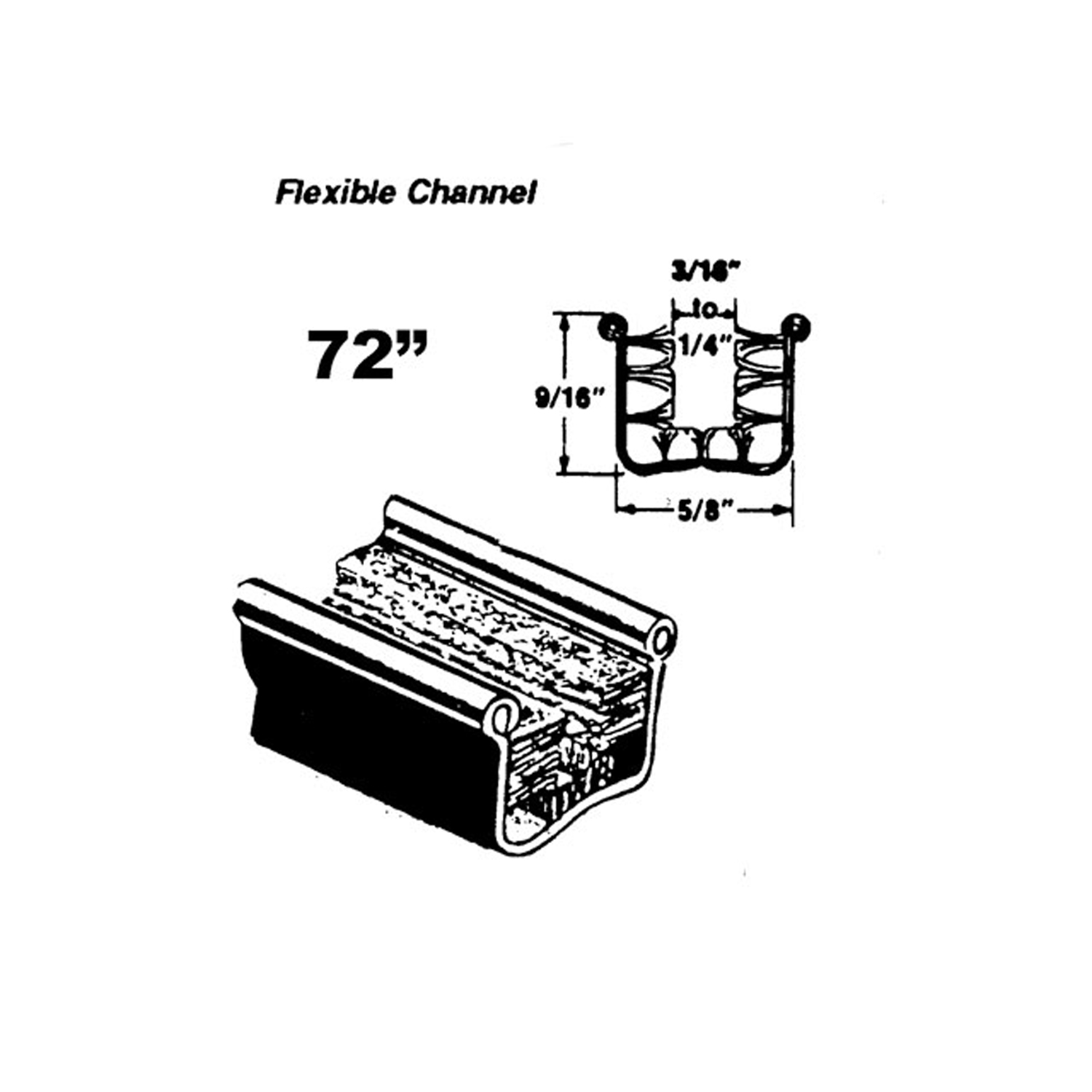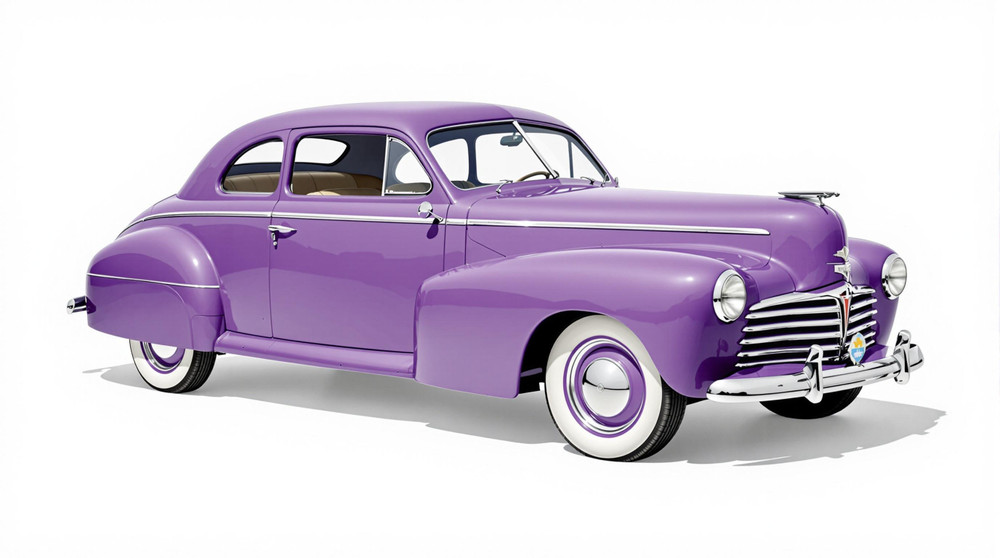Image of 1946 Frazer Frazer, Note: These illustrations use artistic license and may differ from actual historical models.
Performance Metrics
Fundamental Metrics
Emotional Appeal
MMP Rating
| Engine Specifications | |
|---|---|
| Engine: | Inline 6 |
| Displacement: | 226 cu in (3.7 L) |
| Horsepower: | Estimated 112 hp |
| Torque: | Information not available |
| Compression Ratio: | Information not available |
| Ignition System: | Standard points, condenser, and coil |
| Cooling System: | Liquid-cooled |
| Performance Specifications | |
| 0-60 Time: | Information not available |
| 1/4 Mile Time: | Information not available |
| Top Speed: | Estimated 80 mph |
| Transmission and Drive | |
| Drive Type: | Rear-wheel drive |
| Transmission Type: | 3-speed manual |
| Fuel and Efficiency | |
| Fuel System Type: | Carburetor |
| MPG: | Information not available |
| Dimensions and Brakes | |
| Brakes: | Drum brakes |
| Wheelbase: | 123.5 in (3,137 mm) |
| Weight: | Estimated 3,200 lbs |
Note: Specifications for classic cars are given to the best of our ability, considering the limited and variant data available.
A Journey Back to the Dawn of Post-War Automotive Innovation: The 1946 Frazer
As the dust settled after World War II, a new era of automotive design and innovation was ushered in with the introduction of the 1946 Frazer. This vehicle marked a significant turning point for the American automobile industry, emerging as one of the first post-war designs to hit the market. The Frazer was born out of a partnership between Henry J. Kaiser, an industrialist known for his shipbuilding prowess during the war, and Joseph W. Frazer, president of Graham-Paige Motors Corporation. Together, they formed Kaiser-Frazer Corporation, and the 1946 Frazer became their flagship sedan that set the stage for modern car design.
With its sleek lines and forward-thinking aesthetics, the Frazer was a breath of fresh air in an industry that had been stagnant due to wartime production constraints. It wasn't just another car; it was a symbol of hope and progress, representing America's triumphant return to peacetime prosperity.
Design and Innovation
The exterior styling of the 1946 Frazer was a departure from pre-war designs, featuring smooth curves and an aerodynamic profile that exuded elegance and sophistication. Its broad grille and distinctive round headlights were complemented by flowing fenders that seemed to embrace the road ahead. Inside, passengers were greeted with a spacious cabin adorned with high-quality fabrics and an attention to detail that promised comfort on even the longest journeys.
Technologically, the Frazer boasted advancements such as an improved suspension system for a smoother ride and one of the first uses of unibody construction in an American car, enhancing both rigidity and safety. Color options ranged from stately hues to more vibrant tones, with choices like "Gulf Stream Blue" and "Canyon Red" being among the popular picks.
The most iconic body style was undoubtedly the four-door sedan, which captured the essence of post-war family life – practical yet stylish. It was this model that would cement the Frazer's place in automotive history.
Historical Significance
The 1946 Frazer didn't just fill a gap in the market; it set new standards in design and engineering that would influence generations of cars to come. Its impact on automotive design is evident in its integration of safety features and its role in popularizing unibody construction. The Frazer stood out from its contemporaries by offering luxury at a time when most manufacturers were still recycling pre-war designs.
Performance and Handling
Underneath its stylish exterior lay a capable powertrain that delivered respectable performance for its time. While top speed figures hovered around 80 mph, it was the smooth delivery of power and comfortable ride quality that won over drivers. Handling was poised for a car of its size, absorbing road imperfections with grace while maintaining composure on winding roads.
The driving experience was characterized by a sense of solidity and reliability; from the reassuring hum of its inline-six engine to the well-cushioned seats that made every journey enjoyable.
Ownership Experience
The 1946 Frazer found its niche as both a daily driver for post-war families and as a statement piece for those wanting to showcase their success. Maintenance was relatively straightforward for mechanically inclined owners, ensuring these vehicles could be kept on the road with minimal fuss.
Fun Facts
Did you know that fewer than 50,000 Frazers were produced in its first year? Or that it became an unexpected status symbol among Hollywood's elite? Despite not setting any speed records, its sales success helped establish Kaiser-Frazer as serious contenders in the automotive industry.
Critics often pointed out its conservative mechanical layout but couldn't deny the appeal of its modern styling or commendable build quality.
Collector's Information
Today, finding a 1946 Frazer in good condition can be quite rare, with values varying widely based on provenance and condition. A well-preserved example could fetch anywhere from $15,000 to $30,000 at auction or private sale – reflecting both its rarity and desirability among classic car enthusiasts.
Conclusion
The 1946 Frazer stands as a testament to American resilience and innovation in the face of adversity. It bridged an important gap between wartime austerity and peacetime abundance, setting new benchmarks in automotive design along the way. For collectors and historians alike, this vehicle remains not just a piece of machinery but a cherished icon that captures an optimistic moment in time.
1946 Frazer Frazer Catalog of Parts
 1946 Frazer Frazer Flexible glass-run channel-WC 11-72Flexible glass-run channel. Mohair lined, cloth covered with stainless steel bead. Used on side windows. 72 in. long. Each. NOTE: $20 special shipping charge applies for domestic orders. Call or email for overseas shipping costs. Part can be sectioned in two equal lengths to reduce overseas shipping costs.
1946 Frazer Frazer Flexible glass-run channel-WC 11-72Flexible glass-run channel. Mohair lined, cloth covered with stainless steel bead. Used on side windows. 72 in. long. Each. NOTE: $20 special shipping charge applies for domestic orders. Call or email for overseas shipping costs. Part can be sectioned in two equal lengths to reduce overseas shipping costs.Why Choose Metro?
For over 100 years, Metro Moulded Parts has been the pinnacle of quality in classic car restoration parts. Our commitment to precision and authenticity in every component ensures a perfect fit and an OEM-level appearance.
- Expert Craftsmanship & Quality: Each part is a testament to our dedication to reliability and perfection, crafted from original designs and thoroughly tested.
- Advanced Technology: We use cutting-edge techniques to create flawless, long-lasting parts that surpass others in performance.
- SuperSoft Sponge – The Ultimate Door Seal: Not only are our door seals 30% softer than competitors', but they're also guaranteed to never leak. They effectively reduce wind and road noise, enhancing your classic car's comfort and driving experience.
- Proudly American: Our parts are a product of American craftsmanship, made in the USA with a spirit of excellence and heritage.
- Unrivaled Warranty: We back our products with a 30-year industry-leading warranty, a testament to our confidence in their quality.
Join us in preserving the legacy of classic cars with parts that are crafted for perfection, not just made.

